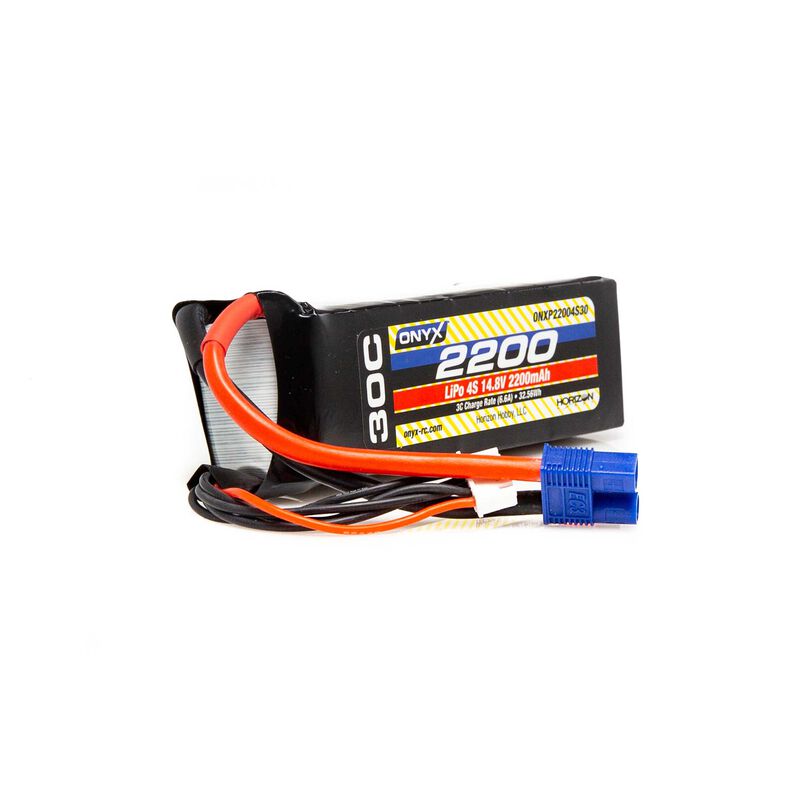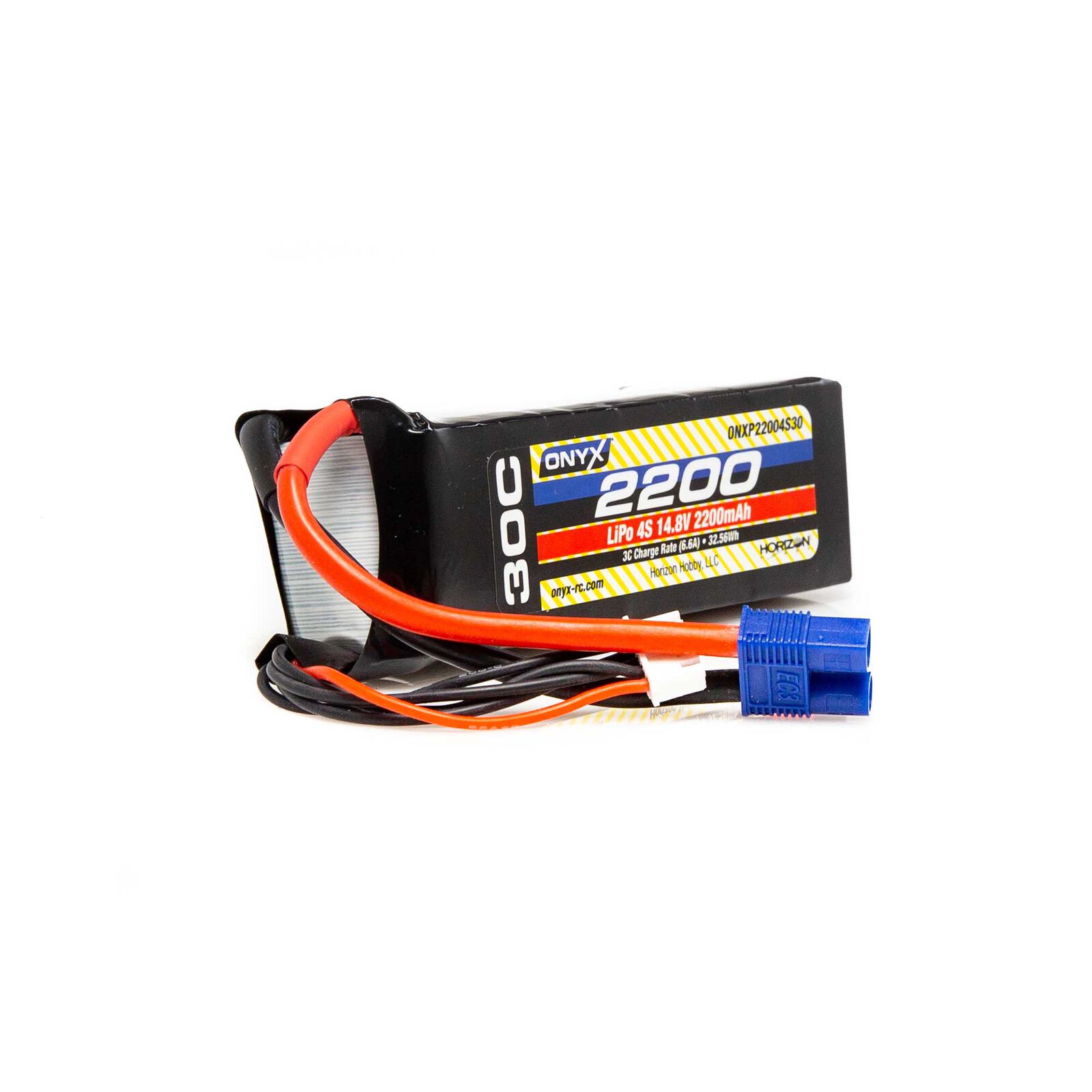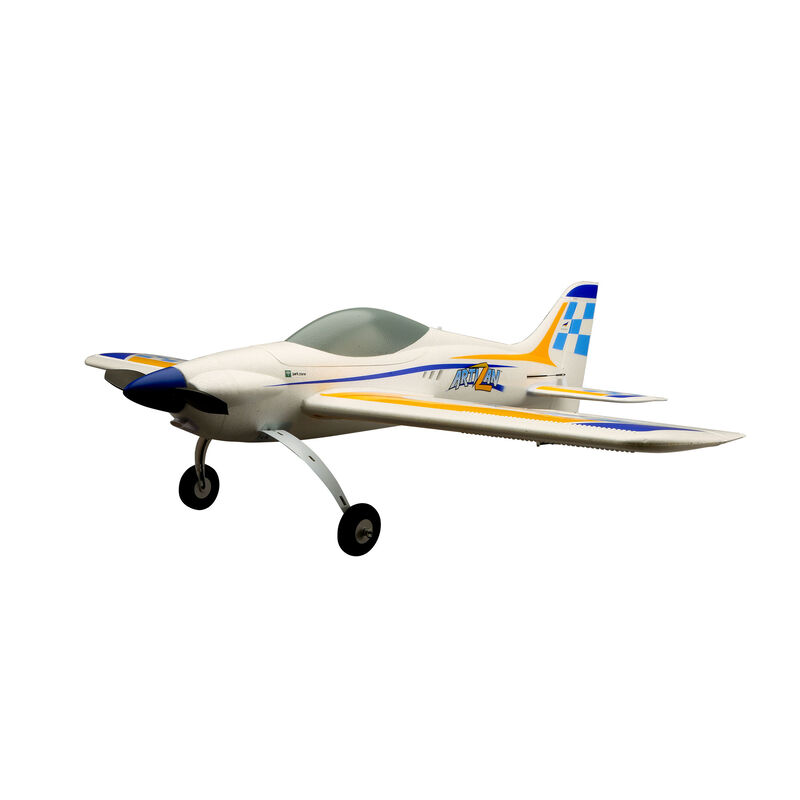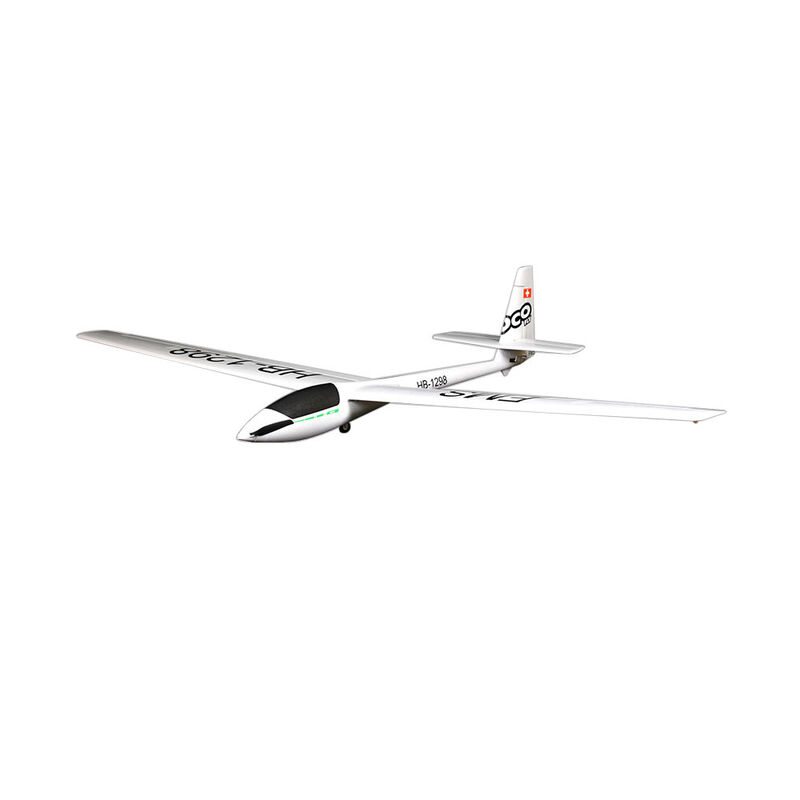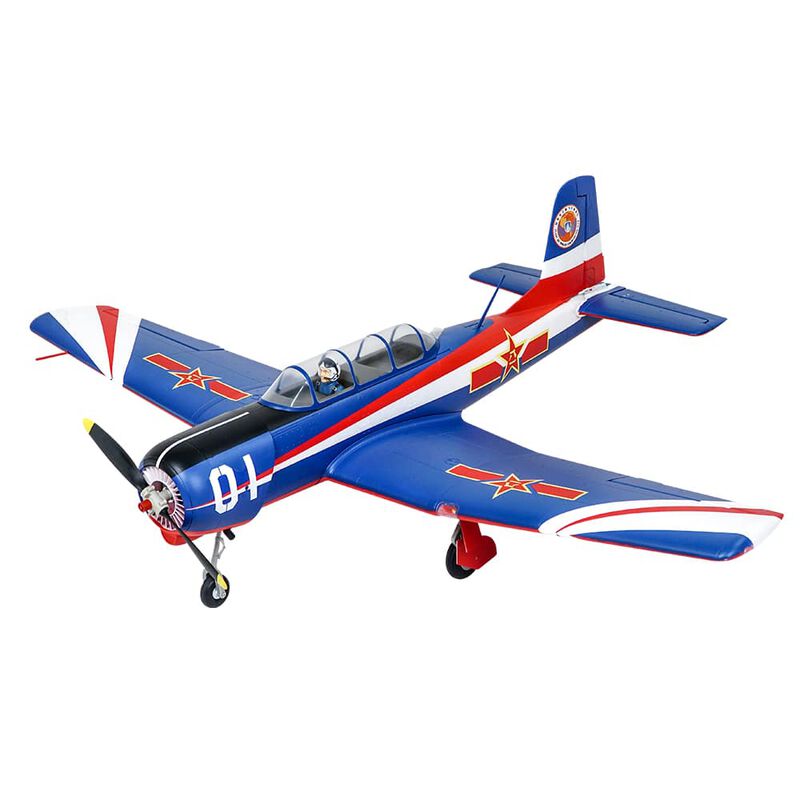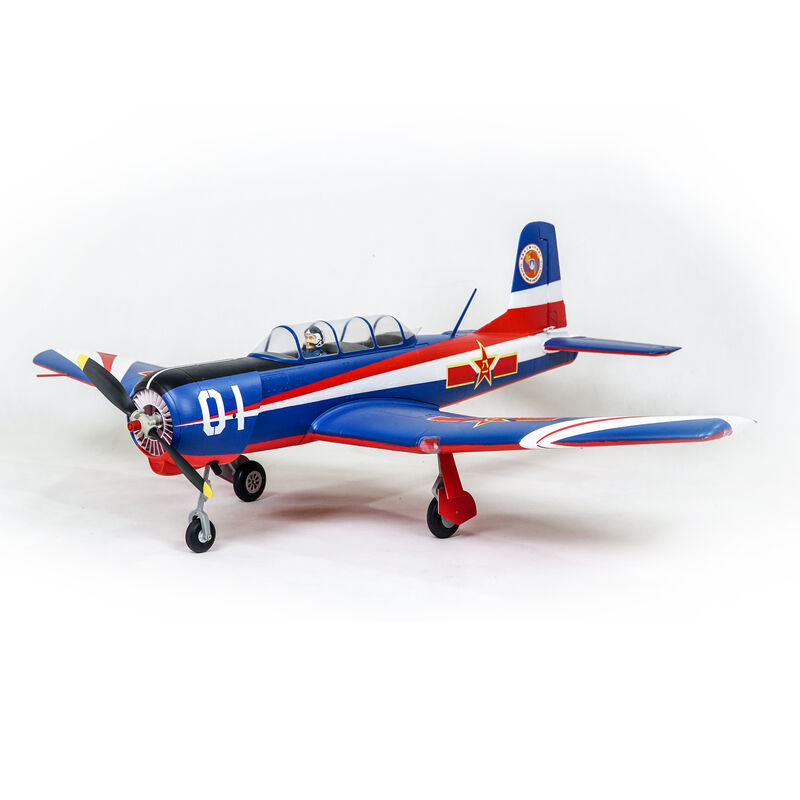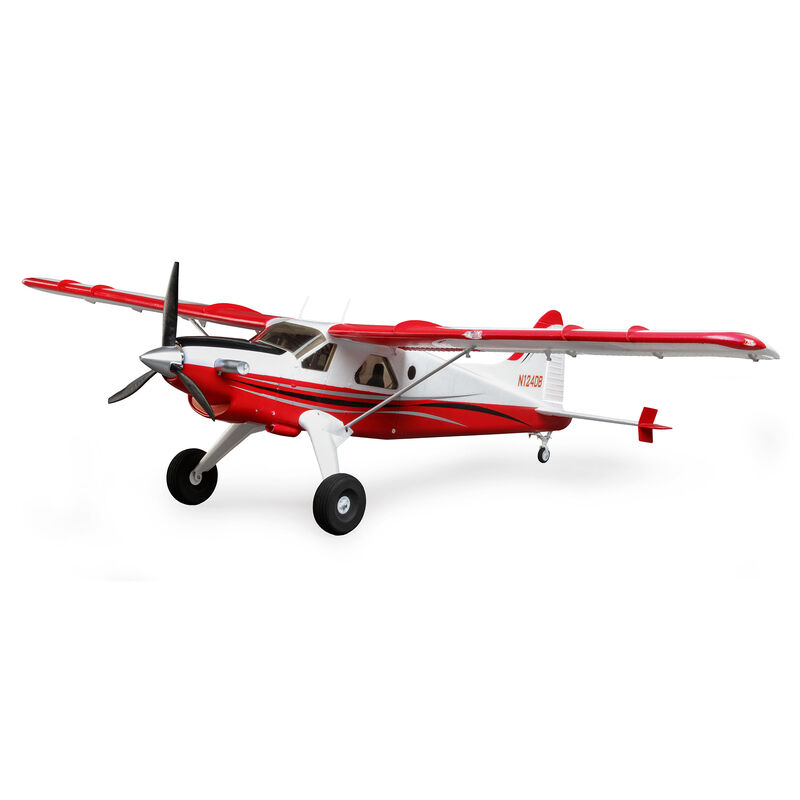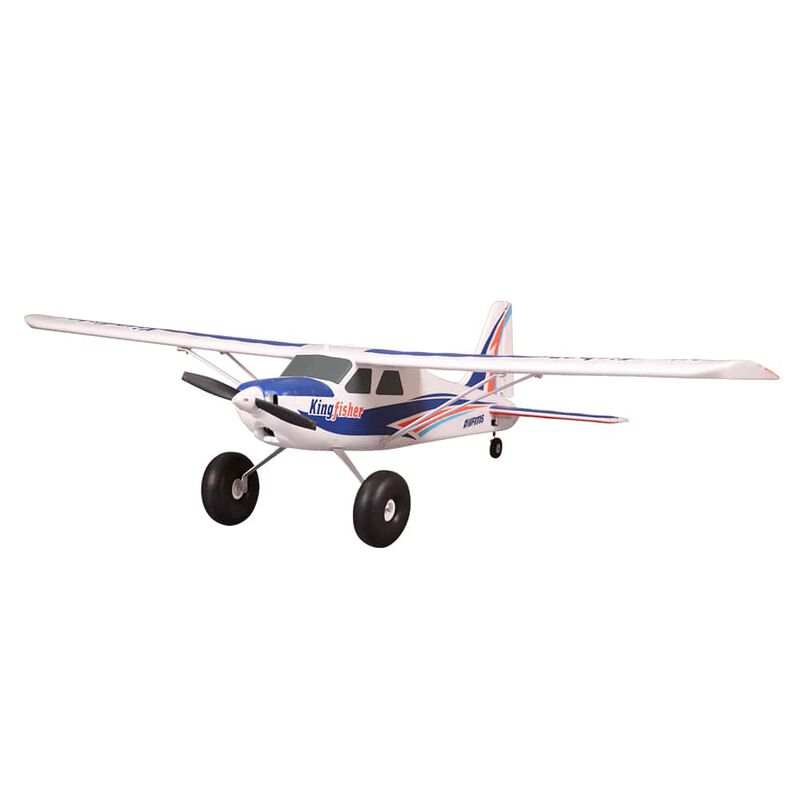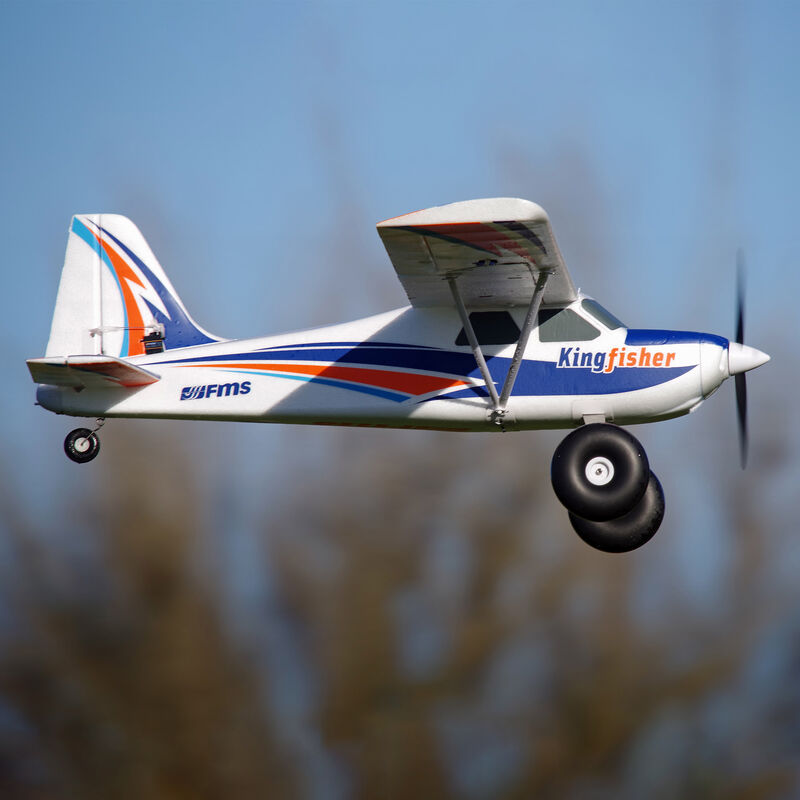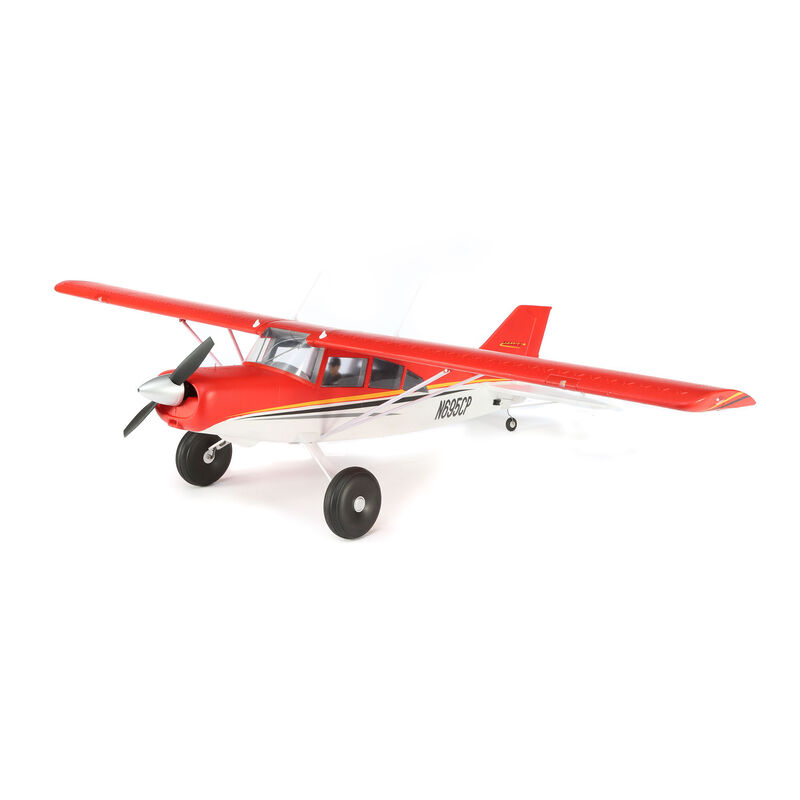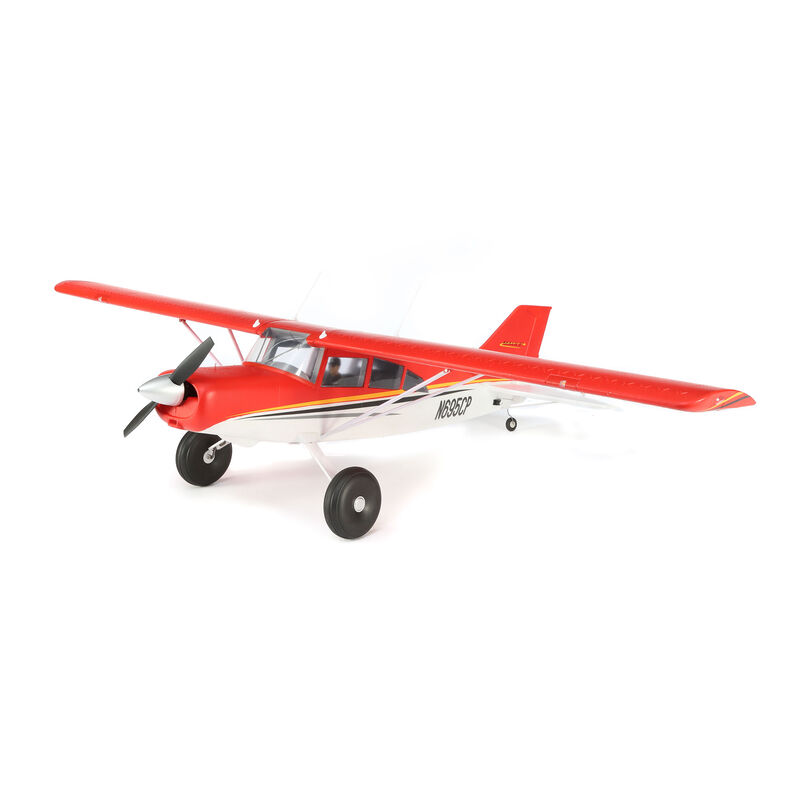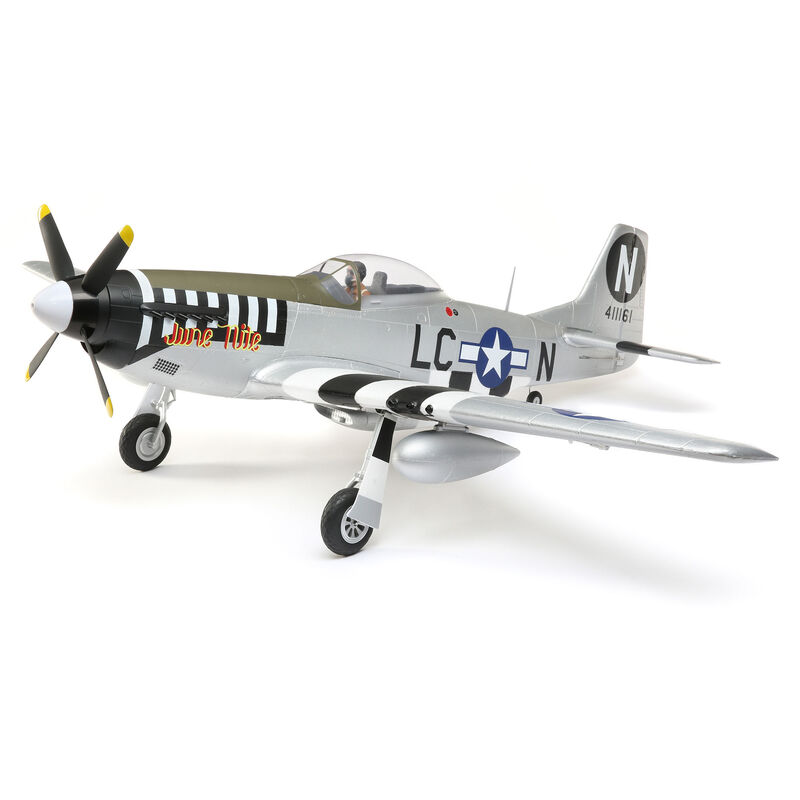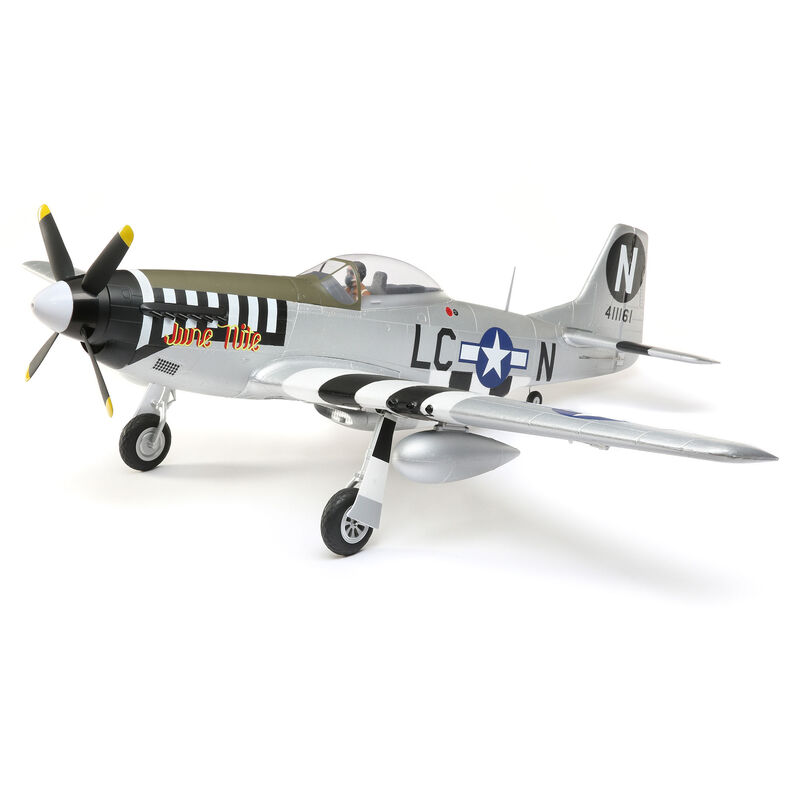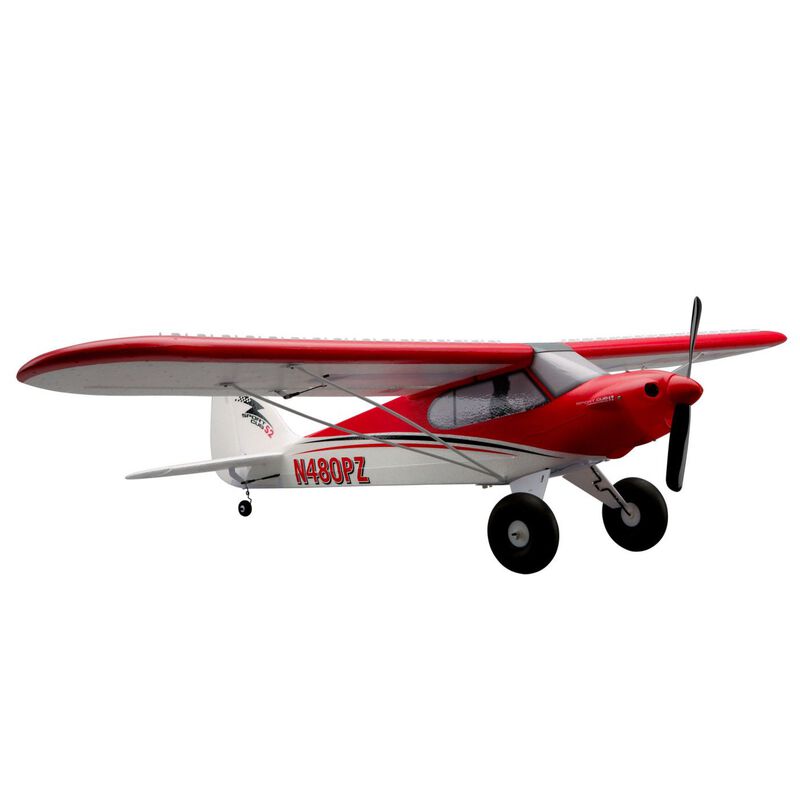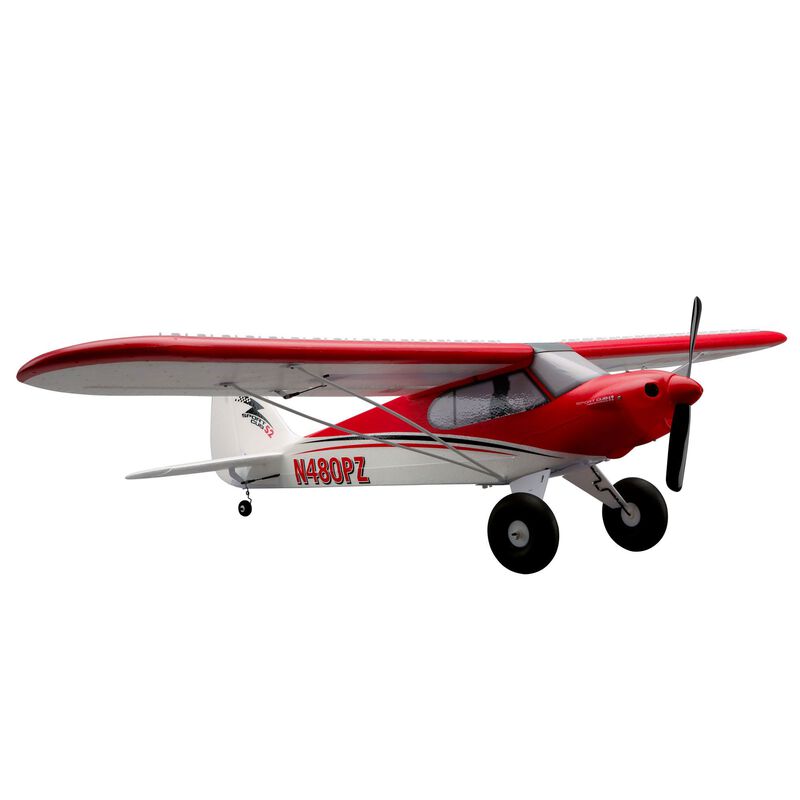Discontinued
|
This Item is No Longer Available
14.8V 2200mAh 4S 30C LiPo Battery: EC3
Item No.
Onyx -
ONXP22004S30
Selected Store

14.8V 2200mAh 4S 30C Smart G2 LiPo Battery: IC3
SPMX224S30
This new battery from Onyx offers a 30C discharge rate. Value is what these batteries are all about, good performance at the right price. All batteries can be charged up to 3C.
Product Specs
Maximum Continuous Discharge Current
Product Width
Connector Type
Product Length
Battery Voltage
Maximum Continuous Discharge Rate
Product Height
Battery Type
Capacity
Prop 65
Product Weight
Compatibility
No results for your given fitment filters
